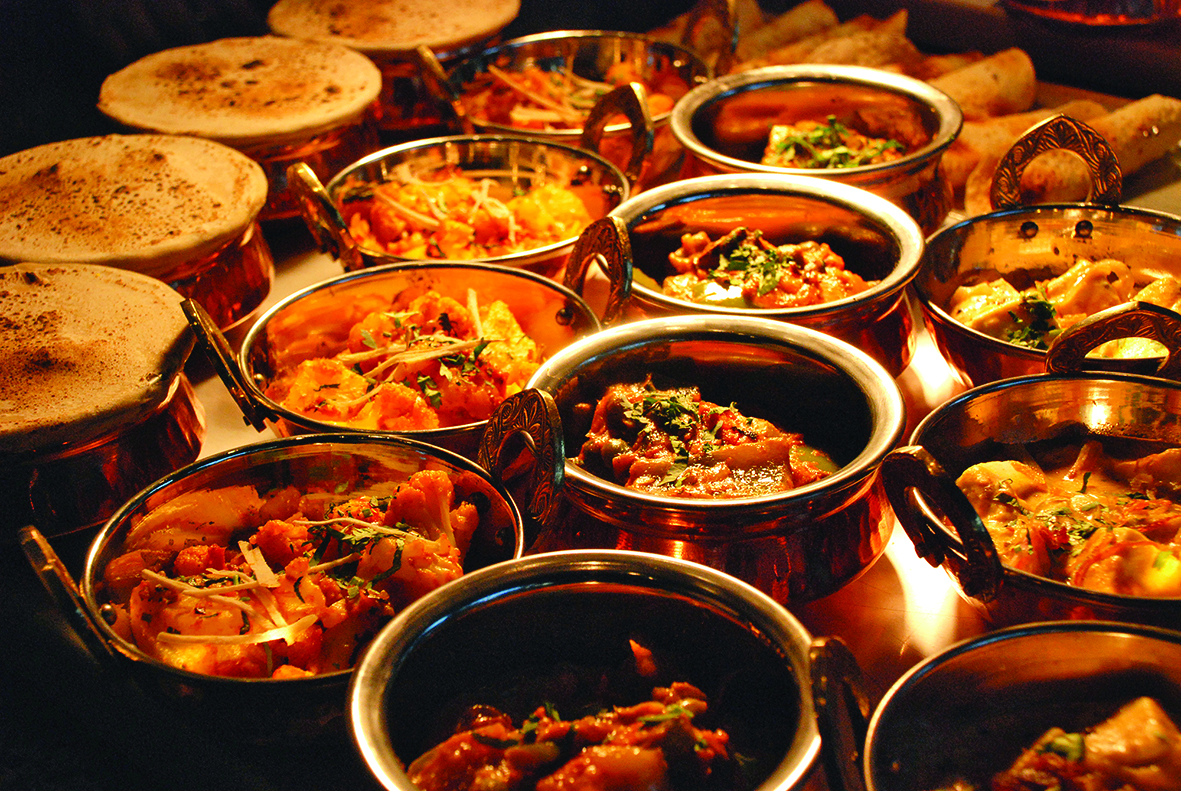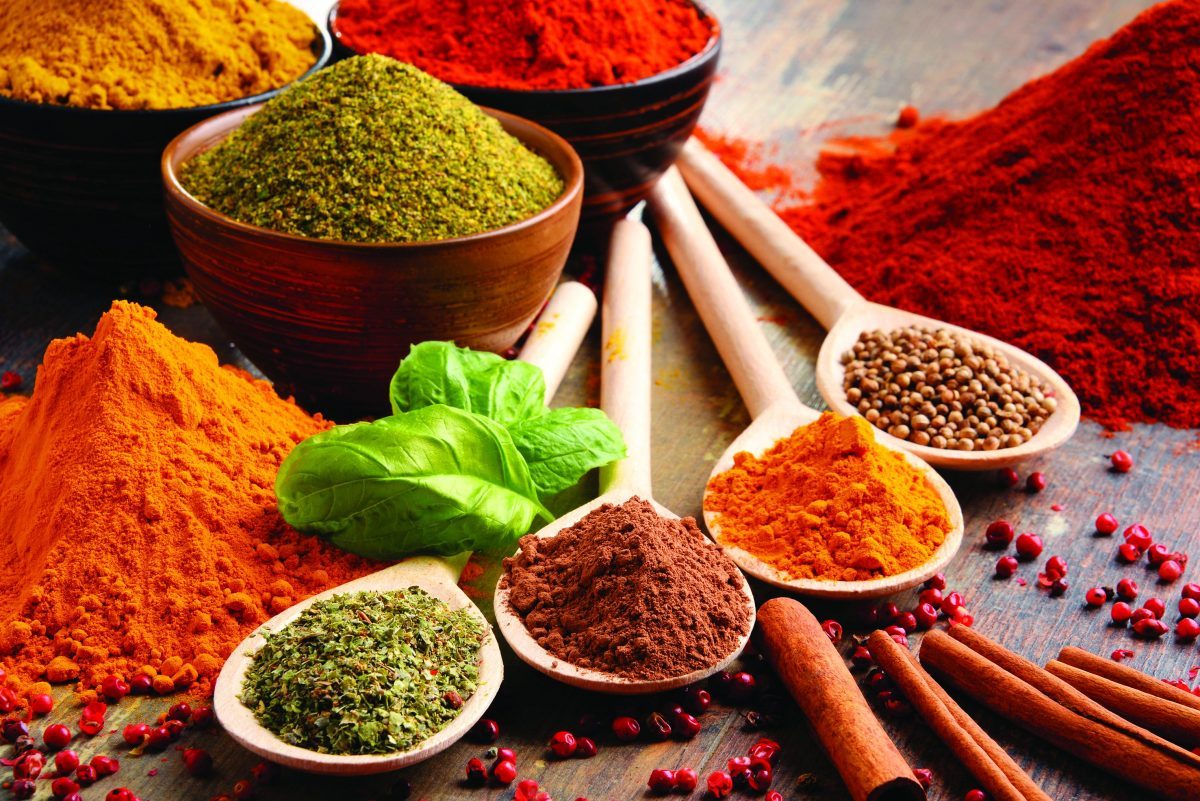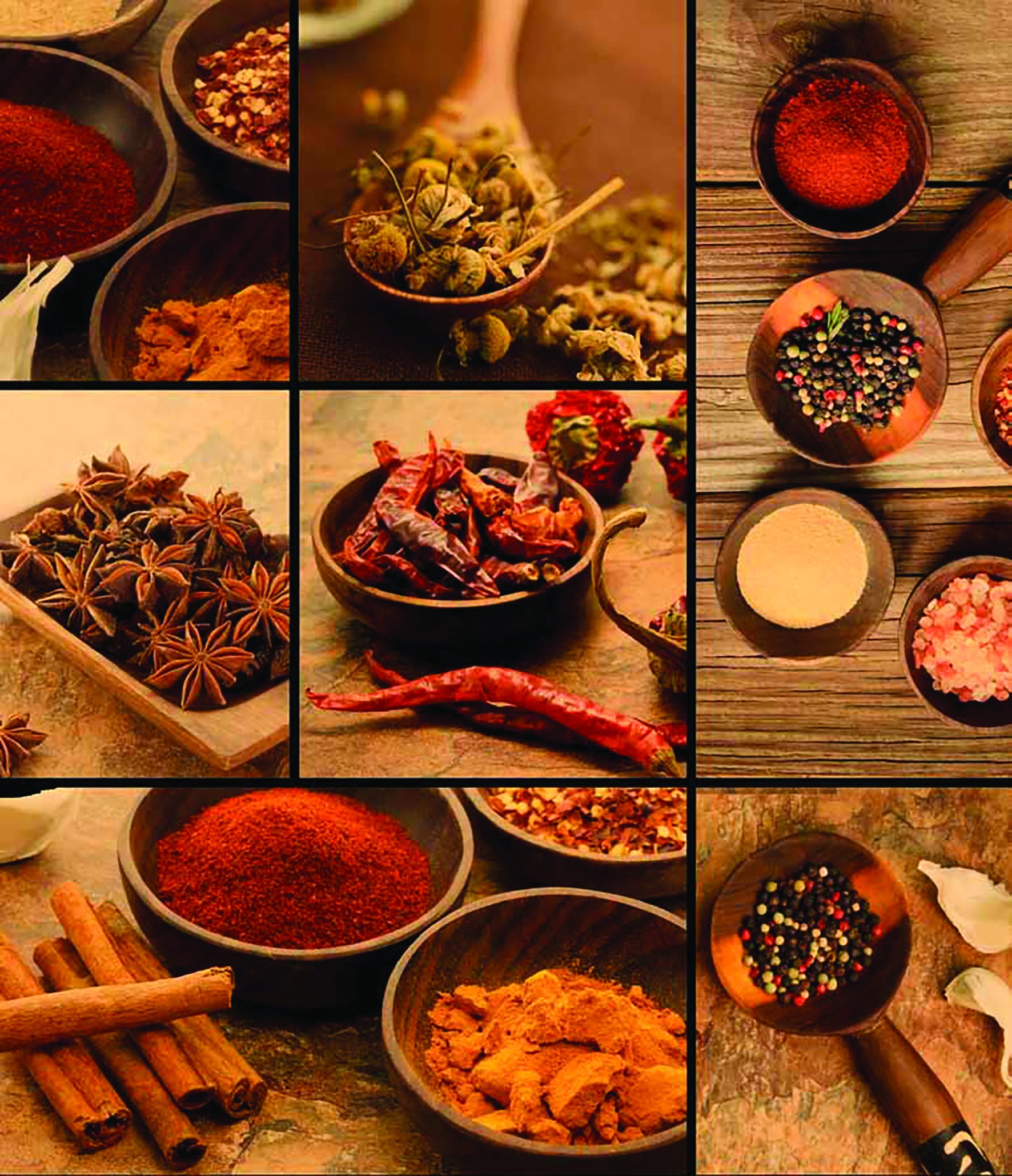Since time immemorial, traditional spices and herbs have played a vital role as immuno-boosters in Indian cuisine. Here is a look at how these ingredients make our everyday food not just tasty, but also wholesome

According to ancient Indian texts, aushadham ucchyathe sarvam, which means food is the absolute cure and healer. Traditionally, in Indian cuisine, vegetables and spices are used in a dish according to their nutritional benefits and their ability to strengthen our immune system, which in turn, can protect us from ailments and infections. A reason why it is advised to include a balanced mix of spices and herbs in our daily meal plan to provide a regular boost to our immune system.
The habit of eating freshly-cooked meals must be formed to derive more nutrients, energy and to maintain a healthy body
Spices like turmeric, saffron, cloves, cinnamon, carom seeds, ginger and garlic are known to have a plethora of beneficial properties. Herbs like mint, tulsi (Holy Basil), and leaves of neem and moringa trees are said to have several health benefits. In India, with diverse preparations being made from more or less the same ingredients, spices play a significant role in culinary preparations.
For instance, turmeric – the commonest of all Indian spices – is added in almost all dishes. It not only lends the dish a golden hue but is known for its antiseptic properties and in reducing existing metabolic syndromes. We have often had our mothers urge us to drink warm milk mixed with turmeric to treat dry cough, sore throat and purify the blood of toxins, thereby upping the immunity quotient. Today, this drink is available at many upscale cafes as turmeric latte. Ginger too has similar health benefits.
There are many such examples of beneficial herbs and spices being added to dishes to lend a distinct flavour and also to make them healthier. For example, moringa leaves and fruits (drumsticks) are used in curries across north India to help fight bacterial afflictions.
Neem too is used in meals and brewed into a thick concoction called kadha. A special neem leaves chutney is prepared in Maharashtra during the festival of Gudi Padwa. Neem has proven remedy to cure loss of appetite, fever and also boost cardiac strength. Curry leaves, the staple garnish in Indian cooking across states, is a popular natural anti-oxidant. “Almost all parts of a Azadirachta indica or neem tree have beneficial properties – the leaves had raw or cooked, purify blood and aid digestion; the bark extract has been found to cure stomach and intestinal ulcers and neem oil reduces skin blemishes. The oil is also a cure to breathing problems,” says nutritionist Kavita Devgan.
According to Dr Pooja Thacker, Head of Department Dietetics at Bhatia Hospital, Mumbai, “The clinical trials of tulsi on humans have shown it to be a unique combination of antiviral, anti-microbial, anti-fungal, antimalarial. It can reduce hypertension, arthritic pain and depression. It acts as anti-epileptic, anti-inflammatory, hepato protective, anti-ulcer, and anti-asthmatic.”

Asafoetida relieves bloating, flatulence and irritable bowel syndrome (IBS) while fenugreek is known to control long standing ailments like diabetes. Cumin and bishop’s weed, the culinary equivalents of modern indigestion drugs, help digestion and check food-borne disorders. Pepper improves absorption of essential nutrients and promotes gut health. A pepper drink is often the go-to cure in many Indian homes to fight a flu. Asafoetida, fenugreek, black pepper, coriander and cumin seeds have anti-inflammatory properties, and are extensively used in Indian cuisine.
Quintessential South Indian dishes like sambhar (lentil curry with vegetables), rasam (a clear sour soup) and even curries are flavoured with these spices. Bisibele Bhath of Karnataka is another classic rice and lentil preparation using various spices and nutritious vegetables to avert deficiencies.
If dishes like pongal from the South uses crushed pepper and cumin, Gujarat finds its comfort food in khichdi – wholesome rice and lentil dish prepared with minimal spices like cumin and ginger. While restoring digestive enzymes, this one-dish meal builds up energy and resistance levels in the body to fight infections.
In India there are many examples of beneficial herbs and spices being added to dishes to lend a distinct flavour and also to make them healthier
Khichdi is often the remedy to dietary distress and is used to reset the digestive system with its simple albeit healthy ingredients. Various dried and powdered spices and herbs in traditional Marwari preparations from Rajasthan like ker sangri and pitod ka saag ensure physical strength. These dishes, often heavy in the use of garlic and onion, ensure that the body is prepared against the heat in most parts of the desert state. Maharashtra has its share of wholesome meal in usal/misal, consisting of multiple sprouts in a spice-rich gravy that has loads of ginger and garlic and ensures essential nutrients like protiens. The liberal use of lemons and citrus fruits, which do not allow for thick gravy preparation, ensure the adequate dosage of Vitamin C and a strong defense against the hot and humid environs around Maharashtra.
Punjabi cuisine is hugely popular for the intoxicating aromas of spices and herbs used generously in its recipes. Just as the fragranced waft of garam masala (a rich mix of spices like cardamom, clove, star anise and cinnamon) from North Indian kitchens are simply irresistible they also burst with vigour. Cinnamon and cloves can be counted as immunitywarriors for their anti-fungal and anti-bacterial properties. These dishes often include or end with a generous portion of fennel, ensuring that there is no acidity.
Plenty of star anise, bay leaves and saffron can be found in the dishes from Kashmir. Dr Thacker throws light on saffron’s benefits. “It helps in curbing asthma by reducing inflammation. Tests have proven that having saffron regularly can reduce Immunoglobin M and Immunoglobin G, which directly reduce asthma.” The star among the Valley’s contribution to India’s spice treasure is the Kashmiri red chilli, full of minerals besides black cumin (shah jeera), black cardamom and white pepper. The signature lamb dish, rogan josh with curd and a variety of spices is a robust low-cholesterol delicacy. Embracing mindfulness while eating and fresh, home-cooked meals can help you kick off stress, discomfort, and depression. Experts say that ingestion of food within four to five hours of cooking is the best. It’s interesting that even today, the ancient concept of a balanced Sattvik meal, cooked fresh with a bouquet of spices, is considered one of the healthiest in the world.

Sattvik cuisine
Depending on its character and effect, food can create a balance or imbalance in one’s state of living. Sattvik cuisine, in essence, embraces the nutrients that cultivate a positive outlook in a healthy body to enhance spiritual and physical progress. It is intrinsically good and in total accord with nature. It comprises of pure foods such as vegetables, grains, fruits and dairy products like milk, curd, white butter and ghee (clarified butter). This type of cuisine is free from artificial